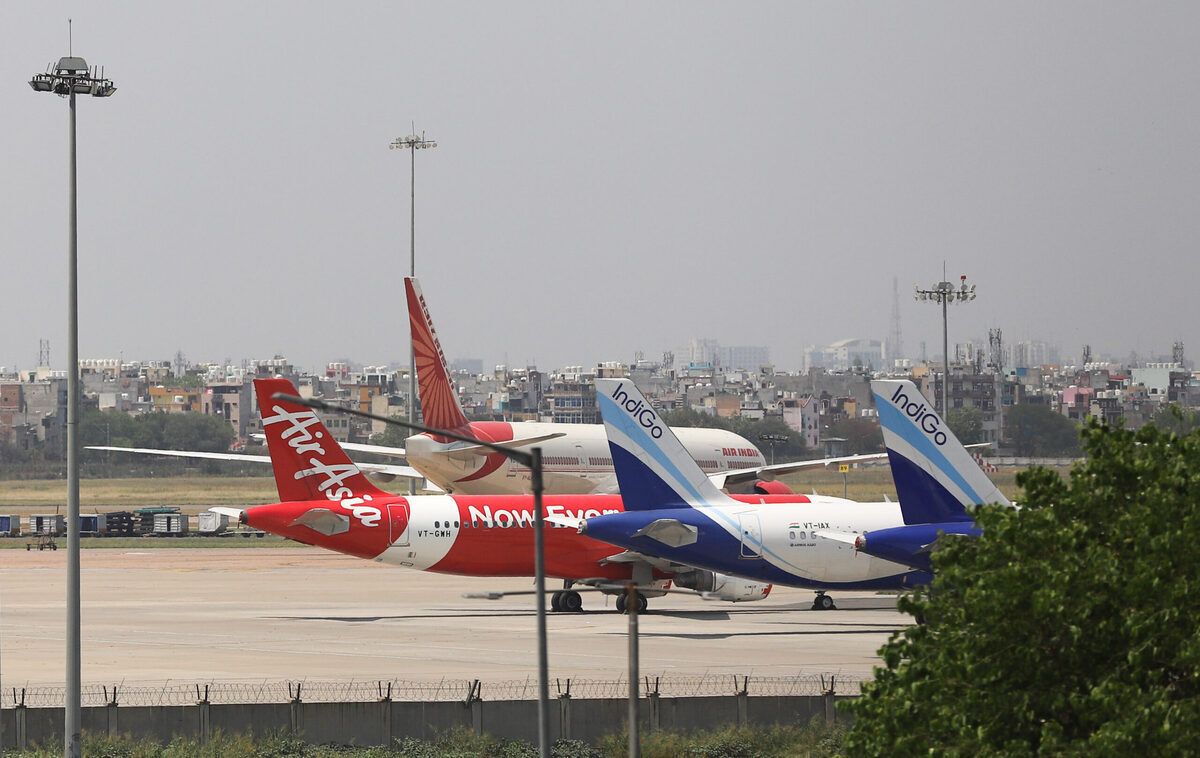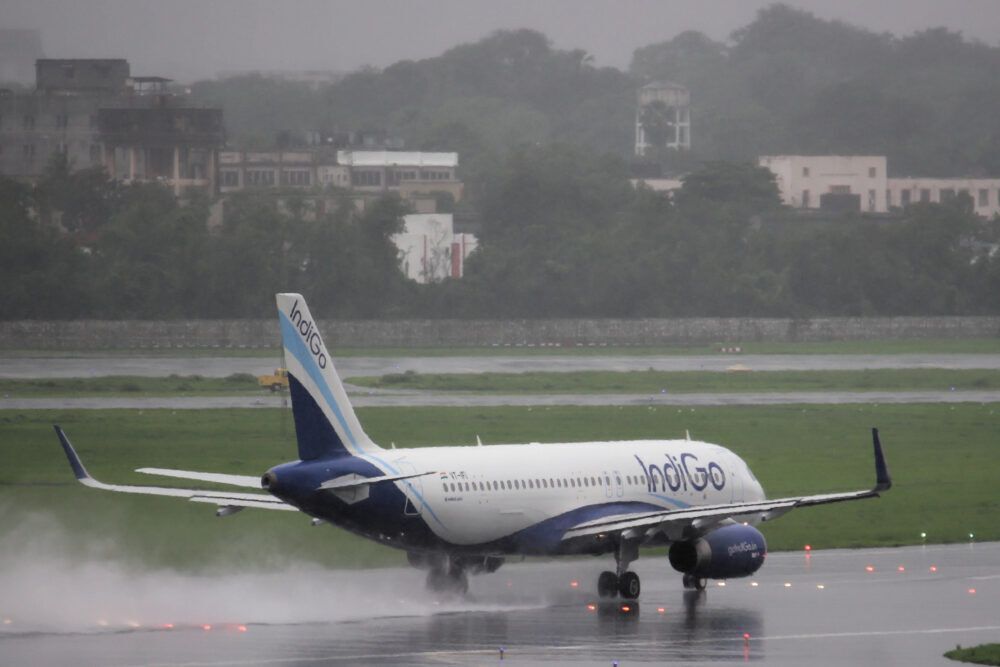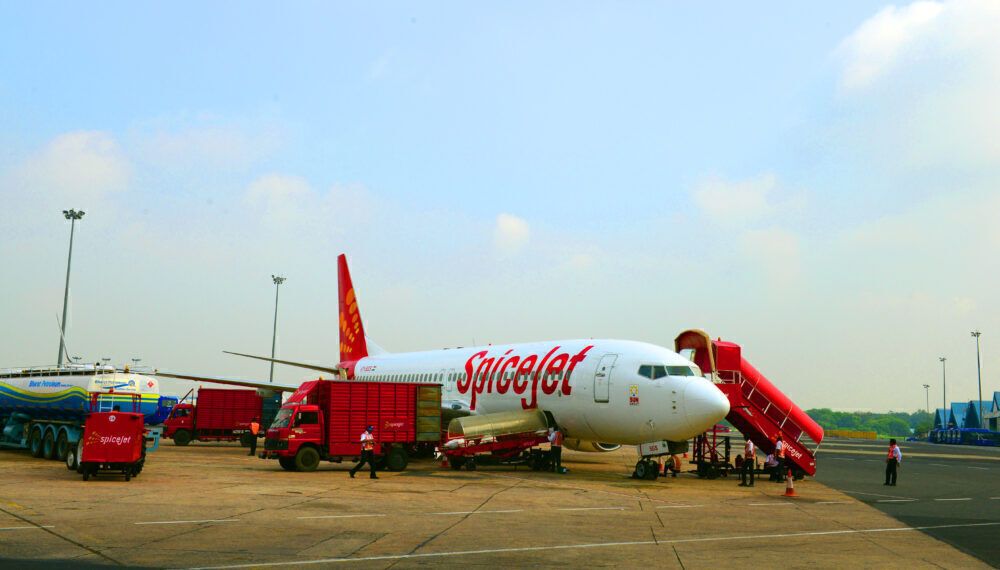India has increased its domestic flight capacity once again. The government will now allow 65% of summer capacity to operate, giving airlines the chance to cater to increasing traffic. However, this remains far lower than pre-pandemic levels and even the 80% cap seen in March, before the second wave hit the industry.
Back up
In a notification yesterday, the DGCA announced that it is easing domestic capacity restrictions. Airlines will now be able to fly 65% of their full summer capacity, increasing from the 50% capacity reduction made in late May due to the second wave. Indian carriers have never been allowed to reach their pre-pandemic capacity due to government limits, which only allowed up to 80% at its peak last winter.
The decision will be welcome news for airlines. Passenger traffic has rebounded from the lows of 55,000 in May to over 150,000 in July. This means airlines have been looking to increase frequencies on some routes and even start flying to new destinations. However, the capacity limits have stood in the way of this, until now at least.
While 65% is a notable increase, it seems to be a compromise among airlines. According to journalist Tarun Shukla, some carriers had pushed for 100% capacity, one had asked for 80%, while only one other requested to remain at the 50% limit. It seems the government has favored the latter group, only making a modest increase to 65%.
Stay informed: Sign up for our daily and weekly aviation news digests.
Recovery on the line
The next few months will be critical for Indian airlines. After a relatively strong start to 2021, the severe second wave decimated domestic traffic from April onwards. This left airlines financially vulnerable, and some even lacking funds to pay employees their full wages. With the second quarter lost, carriers are heavily relying on the next few months to shore up revenues.
The government justifies its fare and capacity limits as a way to ensure that weak airlines do not collapse in the pandemic. India has provided no direct funding or grants to airlines, leaving them to weather the financial storm on their own. However, the capacity limits might now be impeding a full recovery for airlines, who are hoping to increase flights on routes where they see overwhelming demand.
Not out of the woods yet
While India has suffered greatly from the second wave of COVID-19, fears of a third wave are already mounting. Another reduction in capacity and traffic could prove catastrophic for Indian airlines, making the next few months crucial to shore up funds to survive 2021.
Indeed, IndiGo and SpiceJet are both planning to raise hundreds of millions, while GoAir plans to go public to boost its cash reserves. For now, airlines are breathing a sigh of relief as passengers return to the skies once again.
What do you think about the government's continued intervention? Let us know in the comments!



